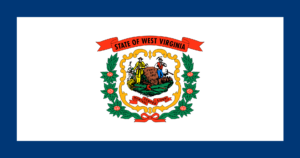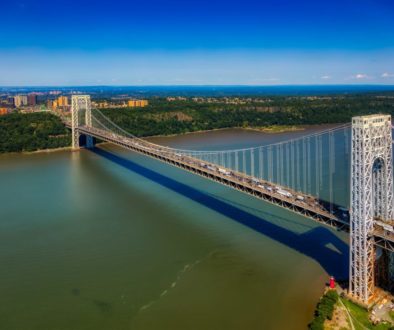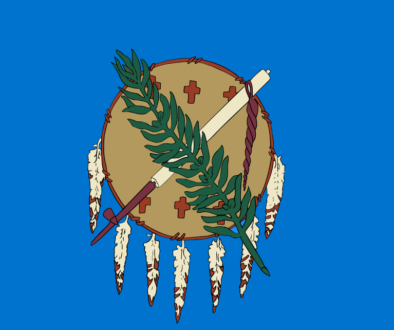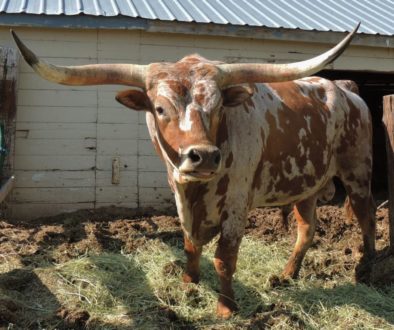West Virginia
History: The early Native Americans were hunter-gatherers, but later developed agriculture, copper technology, and the mound culture. Europeans from Virginia first explored the area in 1670, then Germans from Pennsylvania settled in 1725. George Washington helped survey the area from 1748 to 1751. After the Revolutionary War, increasing settlement brought conflict with many tribes. When the Civil War started in 1861, opposition to slavery caused the area to separate from Virginia. West Virginia became the 35th state on June 20, 1863.
Economy: Outdoor recreational tourism is one of the state’s largest industries, attracting hunters, fishermen, skiers, hikers, white-water rafters, and rock-climbers. West Virginia is the largest coal-mining state in the U.S., employing 2% of the population. But the decline of using coal in power plants world-wide is threatening this industry. The state is a global producer of chemicals and related products. There are many high-technology centers such as the Allegany Ballistic Laboratory, the National Radio Astronomy Observatory – Green Bank Telescope, the National Energy Technology Laboratory, and numerous bio-technology facilities.
Climate: West Virginia has a humid subtropical climate, giving warm to hot summers and cold winters. Precipitation can be less than 32 inches in the low eastern panhandle area to more than 56 inches in the higher areas. Snow and dense fog can be common at higher elevations. Tornadoes and hurricanes are uncommon, usually weakening before they reach the state.
Geography: The Appalachian Mountains almost entirely cover West Virginia. The state is heavily forested, containing a mix of oak, chestnut, maple, beech, and white pine. Due to the rising and falling of sea level over millions of years, the underlying rock strata are quite layered and complex, containing many beds of coal and limestone.
Fun Facts:
- West Virginia is the only state that separated from another state; it broke away from Virginia at the beginning of the Civil War.
- Mother’s Day was first celebrated in Grafton.
- The world’s largest sycamore tree is on the banks of the Elk River in Webster Springs.
- One of the oldest and largest Indian burial grounds is in Moundsville.
- The Golden Delicious apple was first grown in Clay County.
- Average elevation is 1500 ft, highest of any state east of the Mississippi. That’s why West Virginia is called ‘The Mountain State’.
Points of Interest:
- Chesapeake and Ohio Canal National Historical Park
- Coal House, built entirely of coal, is in White Sulphur Springs
- Harpers Ferry Arsenal and National Historic Park
- Blackwater Falls State Park
- Sideling Hill road cut on I-68, revealing rock layers dating back 350 million years ago
- Seneca Caverns in Riverton
Six additional sites to visit for more information:
en.wikipedia.org/West_Virginia
www.netstate.com/states/intro/wv
www.infoplease.com/west-virginia
www.coolkidfacts.com/west-virginia
kids.nationalgeographic.com/west-virginia




